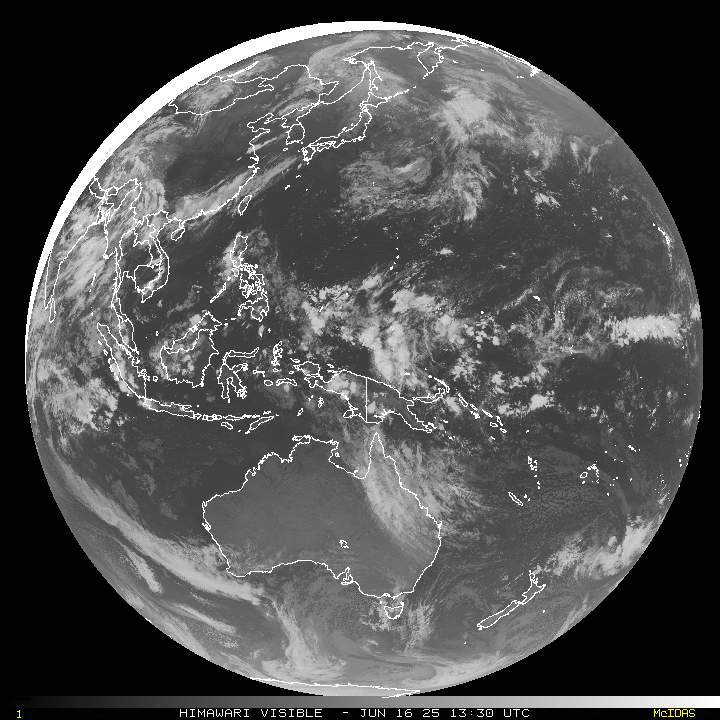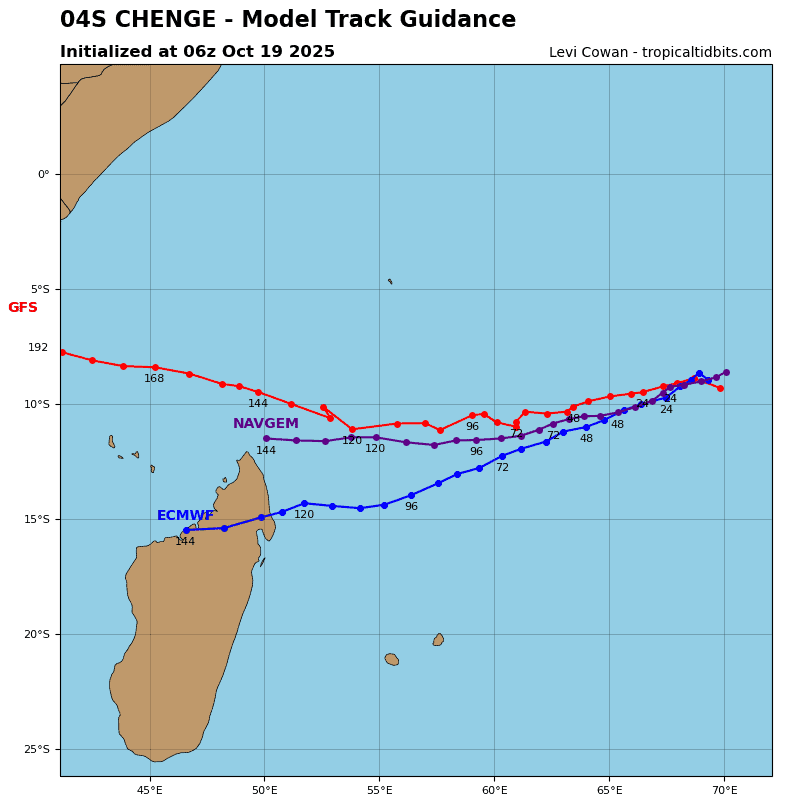Current Snapshot
For all the latest updates visit: DisasterAWARE
By PDC’s Senior Weather
Specialist Glenn James

The Pacific Disaster Center’s (PDC Global) Monday, January 1, 2024, Tropical Cyclone Activity Report…for the Pacific Ocean, the Indian Ocean, and adjacent Seas
Current Tropical Cyclones:
Tropical Cyclone 04S (Alvaro)…is located approximately 145 NM east-northeast of Europa Island
Northeast Pacific Ocean:
The North Pacific hurricane season officially ended on November 30, 2023. Routine issuance of the Tropical Weather Outlook will resume on May 15, 2024. During the off-season, Special Tropical Weather Outlooks will be issued as conditions warrant.
The eastern Pacific basin hurricane season was above normal, with 17 named storms, of which 10 were hurricanes and eight of those major hurricanes.
From August 16 to 21, Tropical Storm Hilary brought widespread heavy rainfall and flooding to Southern California, with some areas receiving up to 600% of their normal August rainfall. Hilary resulted in the first ever issuance of Tropical Storm Watches and Warnings for the Southern California coastline by NOAA’s National Hurricane Center. In addition, the Center distributed key hazard focused messages for Hilary in Spanish through the agency’s new language translation project.
Hurricane Otis made landfall near Acapulco, Mexico, on October 25 as a category-5 hurricane, with sustained winds of 165 mph. Otis holds the record as the strongest land falling hurricane in the eastern Pacific, after undergoing rapid intensification in which wind speeds increased by 115 mph in 24 hours.
Central North Pacific:
The central North Pacific hurricane season officially ended on November 30, 2023. Routine issuance of the Tropical Weather Outlook will resume on June 1, 2024. During the off-season, Special Tropical Weather Outlooks will be issued as conditions warrant.
The central Pacific basin had a near-normal season with four tropical systems traversing the basin.
Hurricane Dora, a category-4 storm, passed south of Hawaii in early August, marking the first major hurricane in the central Pacific basin since 2020. The strong gradient between a high pressure system to the north and Dora to the south was a contributing factor to the wind-driven, fast-moving wildfires in Hawaii.
Western Pacific, Indian Ocean and adjacent Seas:
South Indian Ocean…
Tropical Cyclone 04S (Alvaro)
According to the JTWC warning number 4, sustained winds were 45 knots with gusts to 55 knots
Tropical cyclone 04S has consolidated steadily over the past 12 hours, flirting with a ragged, formative eye at times. Recent animated enhanced infrared (eir) satellite imagery depicts a central dense overcast building over and obscuring the center. Fortunately, a color composite microwave image depicts a cyan ring surrounding a round, well-defined microwave eye feature, which supports the initial position with high confidence.
Due to rapid consolidation of the system’s core, the initial intensity is significantly higher than the previous JTWCc warning. Additionally, initial intensities have been re-evaluated and revised higher.
TC 04S is forecast to weaken as it tracks
eastward and approaches the coast of Madagascar, with landfall anticipated near 06 hours. Thereafter, the system will weaken rapidly and dissipate as it tracks eastward across the mountainous terrain of southern Madagascar. TC 04S will re-emerge over the Indian Ocean near 36 hours with a brief period of re-intensification to about 40 knots by 48 hours.
After 48 hours, TC Alvaro will turn
east-southeastward as it transitions to the steering influence of a subtropical ridge positioned to the northeast. The system is expected to weaken steadily as it interacts with strengthening subtropical westerlies and encounters strong vertical wind shear (40 to 55 knots) and cooling sea surface temperatures. TC 04S will dissipate no later than 96 hours.





